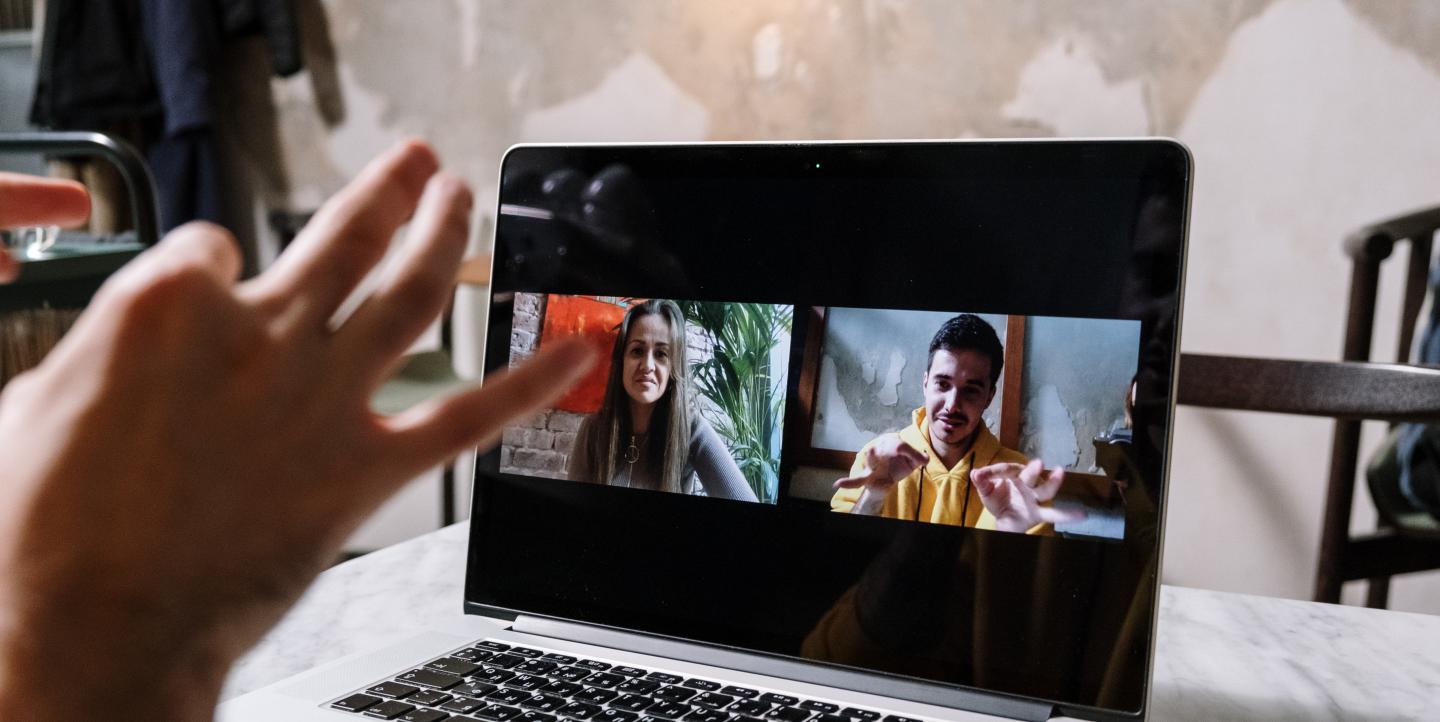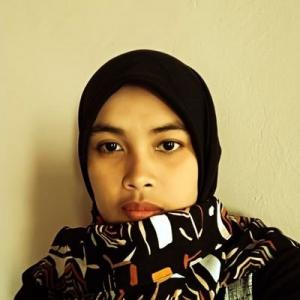Muhammad Rizki stared intently at his cellphone as he watched a news segment from the Indonesian outlet KamiBijak about a deaf badminton player named Edy Susanto. Rizki, who is deaf himself, smiled occasionally as he took in the story: Susanto lost his hearing when he was two years old, after suffering from a high fever. His condition did not discourage him from playing sports, however, and today he excels at badminton.
"Content about successful people with disabilities is my favorite," said Rizki, in sign language.
In 2015, Indonesia’s Central Statistics Agency found that almost nine million Indonesians over the age of 10 had difficulty hearing. In another survey, the agency estimated that there were more than 22 million people with disabilities in Indonesia in 2020, or around five percent of the total population. A study by the Jakarta-based SMERU Research Institute found that Indonesians who have disabilities experience significant discrimination, which can hinder their development. They tend to have a lower quality of life than non-disabled people, including lower levels of education and health, more limited job opportunities, and less access to public facilities.
Due to limited access to information for deaf and hard of hearing people in Indonesia, Paulus Ganesha Aryo Prakoso created KamiBijak, — a shorthand for “We Speak Sign Language Jakarta,” — in September 2018. The outlet caters its reporting to people with disabilities, especially those with hearing impairments.
"We are the first sign language media [outlet] in Indonesia," said Prakoso. "Our hope is that KamiBijak will not only be a source of information, but also an encouragement for people with disabilities to continue working." Through its website, YouTube channel and Instagram, KamiBijak broadcasts news about the activities of persons with disabilities such as their work and professional achievements, as well as trainings and health services available to the community.
The majority of the outlet’s content offers more positive reporting on the challenges people with disabilities face, and how they address and overcome them. This Instagram feature, for example, looked at how a deaf student completed his studies, while this video reported on athletes with disabilities. KamBijak also disseminates information about government policies concerning persons with disabilities.
"About 70% of our content is related to disabilities and the remaining 30% are general topics," said Prakoso.
Making a difference
For two years now, KamiBijak has been a source of information for Rizki. Its reporting has provided him a welcome contrast to coverage from mainstream media outlets: few broadcasts incorporate sign language interpreters, and those that do often have interpreters whose signing is so fast that Rizki can barely understand them.
Dina Handayani, who has been deaf since birth, encounters similar obstacles when trying to catch up on the news. She explained how the space for translators on news broadcasts is often so small that their movements cannot be seen clearly. "It is different from KamiBijak where the sign language translator has a large space on the screen and moves slowly so that the information is easier for me to understand," she said.
The obstacles that Rizki and Handayani mentioned are not uncommon for members of the Deaf community, said Prakoso.
"Our broadcasts are not only delivered through sign language, but are also equipped with subtitles and sound, making it easier for not only deaf people to access, but also other disabled people," said Prakoso.
The KamiBijak team
Four of KamiBijak’s six full-time employees are deaf. This includes the newsroom’s presenter, its videographer, and content creators.
Prakoso hires deaf and hard of hearing employees primarily to improve their skills, and provide them with career opportunities in journalism. It furthermore enables the outlet to create content that is relatable to their target audience. Non-deaf employees who have sign language skills are used to facilitate interviews between deaf reporters and non-deaf sources.
The disability-friendly media space
Rizki hopes that more disability-friendly media outlets emerge in the future. "I think not only me, but other people with disabilities are very happy with the media that really understands our needs," he said.
Handayani believes that deaf people should be given more opportunities to improve their skills and knowledge. "Having a different way of communicating does not mean that deaf people are not free to interact, work, or receive information like people who can hear," she said.


